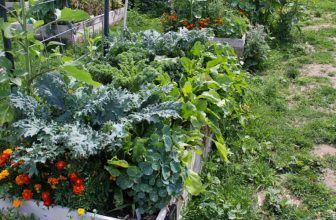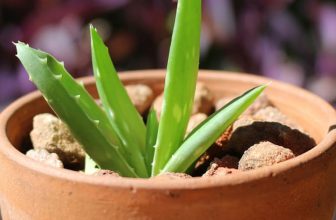How to Make Garden Flowers
Creating a vibrant garden filled with beautiful flowers is a rewarding endeavor that can transform any outdoor space. Not only do flowers enhance the visual appeal of your garden, but they also attract beneficial pollinators like bees and butterflies, contributing to a healthy ecosystem.
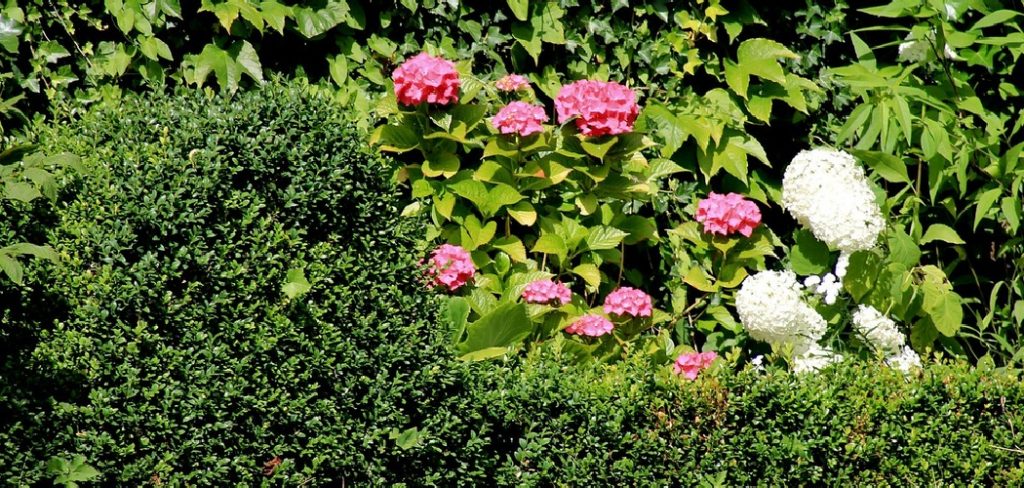
Whether you are a seasoned gardener or just beginning your horticultural journey, understanding the basics of flower cultivation, from selecting the right varieties to ensuring proper care, is essential for success.
In this guide on how to make garden flowers, we will explore effective techniques and tips for making your garden bloom with stunning flowers that bring joy and color to your home.
Why Grow Garden Flowers?
Before we dive into the nitty-gritty of how to grow garden flowers, let’s take a moment to appreciate why growing these plants is so beneficial.
First and foremost, cultivating flowers in your garden allows you to personalize and beautify your outdoor space. You can choose from a vast array of colors, sizes, and shapes to create the perfect aesthetic for your garden.
Furthermore, growing flowers also has many environmental benefits. They help improve air quality by absorbing carbon dioxide and releasing oxygen, making them excellent natural air purifiers. Flowers also attract pollinators such as bees, butterflies, and birds, essential for maintaining a healthy ecosystem.
More than just being visually appealing or environmentally friendly, gardening can also be therapeutic and reduce stress levels. Studies have shown that spending time surrounded by nature can have a positive impact on mental health and well-being.
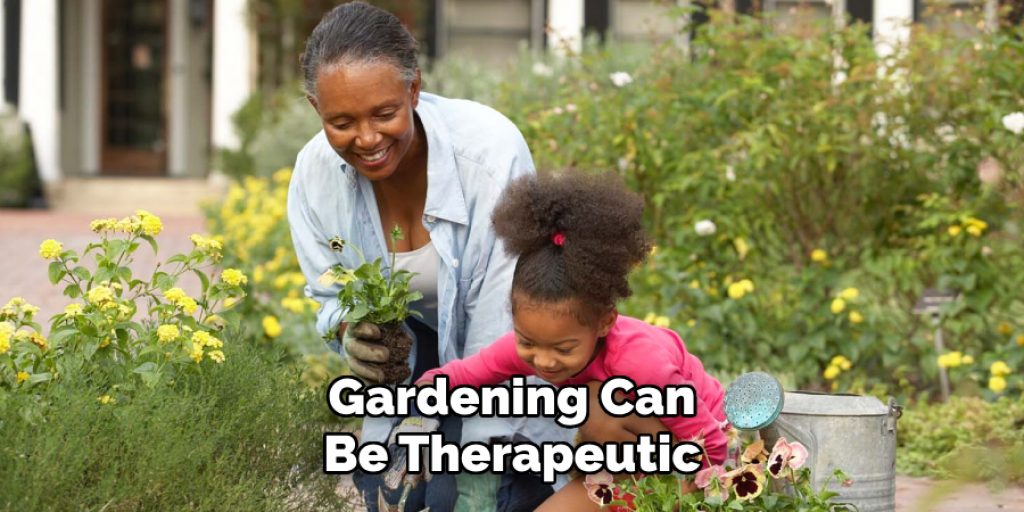
Now that we understand the numerous benefits of growing garden flowers let’s explore the steps to creating a vibrant and flourishing flower garden.
8 Step-by-step Guidelines on How to Make Garden Flowers
Step 1: Determine the Perfect Spot for Your Garden
Choosing the right location for your flower garden is crucial to its success. Look for a spot that receives ample sunlight, ideally at least six hours of direct sunlight each day, as most flowering plants thrive in bright conditions. Additionally, consider the drainage of the area; avoid low-lying spots where water tends to collect, as soggy soil can lead to root rot. Evaluate the soil quality and proximity to water sources for easy maintenance.
Lastly, think about how visible the garden will be — a well-placed garden not only beautifies your space but also provides you with a daily reminder of your horticultural pursuits. With the right location secured, you’re one step closer to creating a flourishing flower garden!
Step 2: Choose the Right Flowers for Your Garden
Selecting the right flowers for your garden involves considering several factors, such as climate, soil type, and available space. Research which flowers thrive in your region and choose varieties that are suitable for your specific soil type. Additionally, consider the space you have available — some plants may require more room to grow than others.
When selecting flowers, opt for a mix of annuals and perennials to ensure continuous blooms throughout the year. Annuals will bloom for one season, while perennials come back year after year. A well-curated combination of both can create a diverse and vibrant flower garden.
Step 3: Prepare the Soil
Properly preparing the soil is essential for healthy plant growth. Start by removing any weeds, rocks, or debris from the area. Then, loosen the soil to a depth of 12-18 inches and mix in compost or organic matter to improve its quality and nutrient content. This step is crucial as it provides plants with vital nutrients for growth.
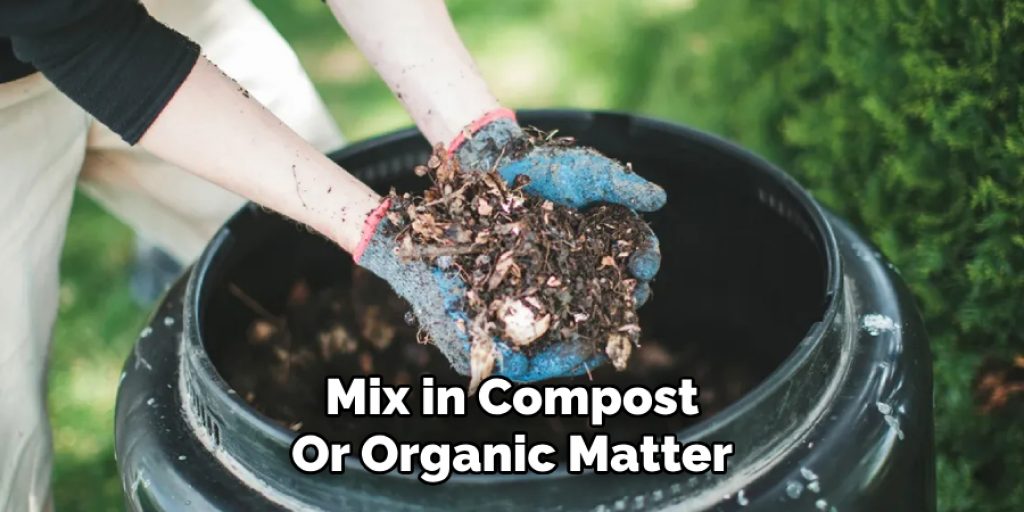
But be careful not to over-fertilize as this can lead to excessive foliage growth and fewer flowers. It is best to do a soil test before adding any fertilizer or organic matter to ensure the correct balance of nutrients for your specific plants.
Step 4: Plant Your Flowers
Now that you have the perfect spot, the right flowers, and properly prepared soil, it’s time to plant! Refer to the instructions on the plant labels for spacing and planting depth recommendations. Ensure you give each plant enough space to grow and don’t plant them too deep or shallow.
Water your newly planted flowers thoroughly and add a layer of mulch around them to retain moisture and prevent weeds from growing. Mulching also helps to regulate soil temperature, keeping it warm in colder months and cool in hotter months.
Step 5: Watering and Maintenance
Regular watering is key to maintaining a healthy flower garden. As a general rule, most flowers require about one inch of water per week, whether from natural rainfall or manual watering. However, different plants have different water needs, so be sure to research the specific watering requirements for your chosen varieties.
In addition to watering, regularly remove any weeds and deadhead spent flowers to encourage continuous blooms. Add fertilizer as needed according to the instructions on the plant labels.
Step 6: Protect Your Garden from Pests
Pests such as aphids, slugs, and snails can damage your flower garden. To prevent infestations, keep the area clean and remove any debris that may attract pests. You can also use natural pest control methods such as planting companion plants that repel insects or using insecticidal soap to deter them.
It’s also essential to regularly inspect your plants for signs of pest damage and take appropriate measures before it becomes a severe problem.
Step 7: Provide Adequate Support
Some flowers, such as climbing roses or sweet peas, may require support to grow upright. Install stakes, cages, or trellises early on in the planting process to ensure your flowers have adequate support as they grow. This step is crucial in preventing plants from breaking or bending under their weight and promoting healthy growth.
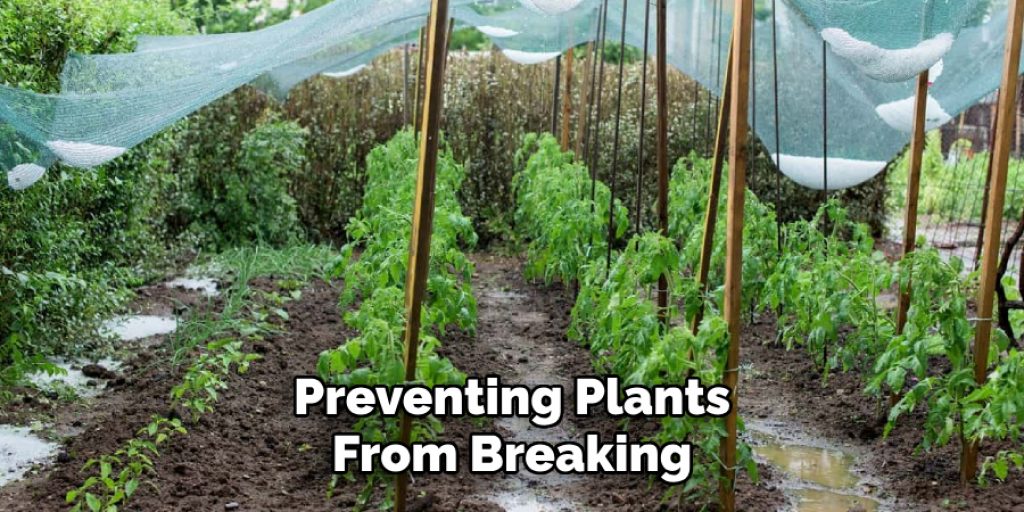
Step 8: Enjoy Your Beautiful Flower Garden
With proper care and maintenance, your garden will soon be bursting with colors, textures, and delightful scents. Take time to sit back, relax, and enjoy the beauty of nature that you have created. Gardening not only brings joy and satisfaction but also provides endless opportunities for learning, experimenting, and creating a unique space for yourself.
Following these simple steps on how to make garden flowers will help you create a flourishing flower garden that will be the envy of your neighborhood. So, grab your gardening tools and get started on your journey to creating a stunning outdoor oasis! Happy gardening!
Additional Tips for Maintaining a Healthy Flower Garden
- Deadhead regularly to encourage continuous blooms
- Fertilize according to plant instructions and avoid over-fertilizing
- Consider using natural pest control methods
- Remove weeds regularly to prevent competition for nutrients and water
- Water deeply and regularly, but not too much to avoid waterlogged soil
- Monitor for signs of plant diseases and act promptly if detected
- Prune plants as needed to promote healthy growth and maintain desired shape
- Rotate crops each year to prevent nutrient depletion in the soil
- Take note of weather patterns and adjust watering schedule accordingly
- Keep a gardening journal to track progress, learn from mistakes, and plan for future improvements.
By following these additional tips, you can ensure that your flower garden remains healthy, vibrant, and full of life. Consistent care and maintenance are essential for creating a beautiful garden that will bring joy all year round.
Frequently Asked Questions
Q: Can I Grow Flowers in Any Type of Soil?
A: While some flowers may thrive in certain types of soil, there are many varieties that can adapt to different soil types. Research the specific needs of your chosen plants and amend the soil accordingly.
Q: How Often Should I Water My Flower Garden?
A: Most flowers require about one inch of water per week, but this may vary depending on the type of flower and weather conditions. It’s best to monitor the soil moisture levels and water deeply when necessary rather than sticking to a strict watering schedule.
Q: How Do I Identify Pests in my Garden?
A: Regularly check your plants for any visible signs of pest damage, such as holes in leaves or distorted growth. You can also research common pests in your area and keep an eye out for them during routine inspections.
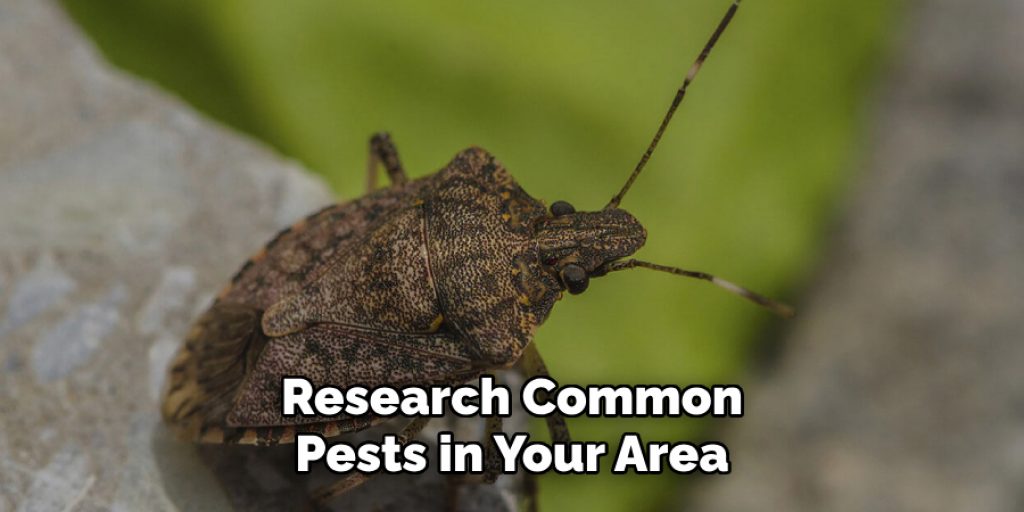
Q: Can I Plant Flowers in Containers Instead of a Garden?
A: Absolutely! Container gardening is a great option for those with limited space or who want the flexibility to move their plants around. Just make sure to choose containers with drainage holes and use well-draining potting soil for best results. Additionally, be mindful of watering needs as potted plants may dry out more quickly than those in the ground.
Conclusion
Creating a flower garden is a rewarding experience that offers numerous benefits for both the gardener and the environment. By following these simple steps on how to make garden flowers, anyone can create a beautiful and thriving flower garden in their own backyard.
Remember to choose the right location, prepare the soil properly, select a variety of flowers, and provide regular care and maintenance. With patience and dedication, your flower garden will bloom into a stunning outdoor sanctuary that you can enjoy for years to come.


